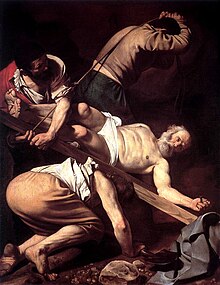Part I: The Problem
Part II: What kind of unity are we called to?
Part III: The Witness of the Early Church in the New Testament
Part VI: The unity of the Church in Her own words
Continuing from the Catechism, what kinds of actions or attitudes are harmful to the unity of the Church? The Church here also makes clear that those born into communities separated from full communion to the Body of Christ are not personally to blame.
Wounds to unity
817 In fact, "in this one and only Church of God from its very beginnings there arose certain rifts, which the Apostle strongly censures as damnable. But in subsequent centuries much more serious dissensions appeared and large communities became separated from full communion with the Catholic Church - for which, often enough, men of both sides were to blame."269 The ruptures that wound the unity of Christ's Body - here we must distinguish heresy, apostasy, and schism - do not occur without human sin:
- Where there are sins, there are also divisions, schisms, heresies, and disputes. Where there is virtue, however, there also are harmony and unity, from which arise the one heart and one soul of all believers.271
2089 Incredulity is the neglect of revealed truth or the willful refusal to assent to it.
"Heresy is the obstinate post-baptismal denial of some truth which must be believed with divine and catholic faith, or it is likewise an obstinate doubt concerning the same;
apostasy is the total repudiation of the Christian faith;
schism is the refusal of submission to the Roman Pontiff or of communion with the members of the Church subject to him."
818 "However, one cannot charge with the sin of the separation those who at present are born into these communities [that resulted from such separation] and in them are brought up in the faith of Christ, and the Catholic Church accepts them with respect and affection as brothers . . . . All who have been justified by faith in Baptism are incorporated into Christ; they therefore have a right to be called Christians, and with good reason are accepted as brothers in the Lord by the children of the Catholic Church."272 819 "Furthermore, many elements of sanctification and of truth"273 are found outside the visible confines of the Catholic Church: "the written Word of God; the life of grace; faith, hope, and charity, with the other interior gifts of the Holy Spirit, as well as visible elements."274 Christ's Spirit uses these Churches and ecclesial communities as means of salvation, whose power derives from the fullness of grace and truth that Christ has entrusted to the Catholic Church. All these blessings come from Christ and lead to him,275 and are in themselves calls to "Catholic unity."276
Part VIII: Towards Unity
.jpg)
.jpg/800px-Entrega_de_las_llaves_a_San_Pedro_(Perugino).jpg)







